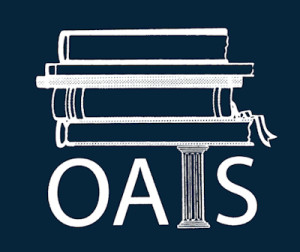Independent Schools Are Exceptional, Not Exceptions
In the process of doing some research for a project, I was going through some of the old documents on file with OAIS and I ran across an article prepared by my predecessor, Karin O’Neill. She pointed out, with accuracy, that part of the creation of the charter school and voucher movement was to create schools and situations where students could benefit from environments that were less regulated and less one-size-fits-all. She later noted that the practical effect of regulation in Ohio has been to make nonpublic schools more regulated than even the charter/community schools that were supposed to look like nonpublic schools.
